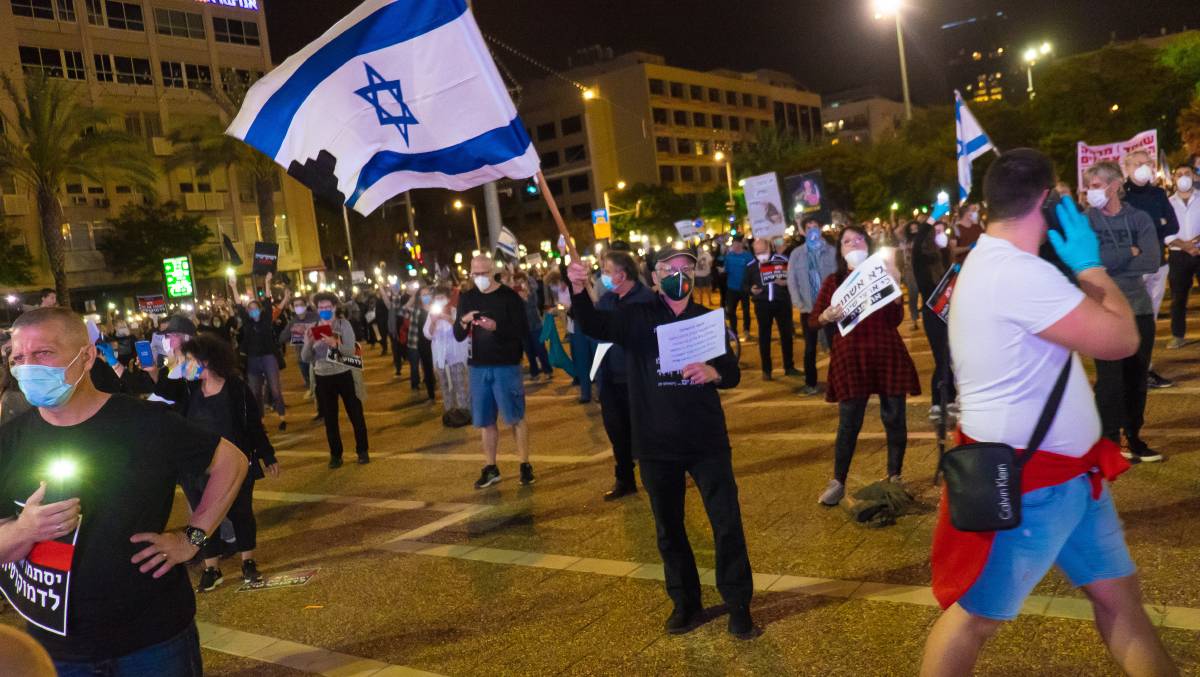It has been over a decade since I landed in Israel for a journalism project in the Palestinian territories, sponsored by the Middle East Partnership Initiative (MEPI) – a US State Department-funded program designed to foster democracy, education and female empowerment in the Middle East and North Africa. At the time, MEPI funded more than 350 programs in 14 countries. As far as I was aware, the journalism project I was assigned to was the only one in the Palestinian territories.
In 2008, I was living in New York working as a freelance journalist for an Australian publication; I had to think long and hard as to whether to accept the project or not. I decided to do so for two reasons. First, it was a worthwhile undertaking that tapped into my expertise as a broadcast journalist, to share it with local Palestinian journalists to create a flagship weekly investigative current affairs program that would eventually extend its reach into the region. Second, as a journalist of Lebanese heritage everything I knew about Israel was tempered by the media’s coverage of the conflict. After a week, I decided it was time to tackle this story and to find out if the Israelis were really the “monsters” I was led to believe and confront my fear and prejudice.
During the five-month assignment I witnessed and experienced both sides of the wall, which I named “Shock and Awe”. It symbolised the divide between the two sides; the frustration of the Palestinians and the cynicism of the Israelis. Living on Heleni Hamalka Street in Jerusalem, I immersed myself as much as I could in the Israeli way of life, and at work, it was an immersion in everyday life for Palestinians. I did not think either would be easy, but the surprise was that it wasn’t difficult either.
Read the article by Neheda Barakat in The Canberra Times.
[Editor: Jmedia Online would be very happy to receive a contribution in response to this misleading article that misrepresents Israel and excuses Palestinian intransigence.]

